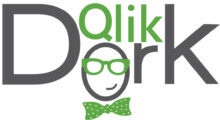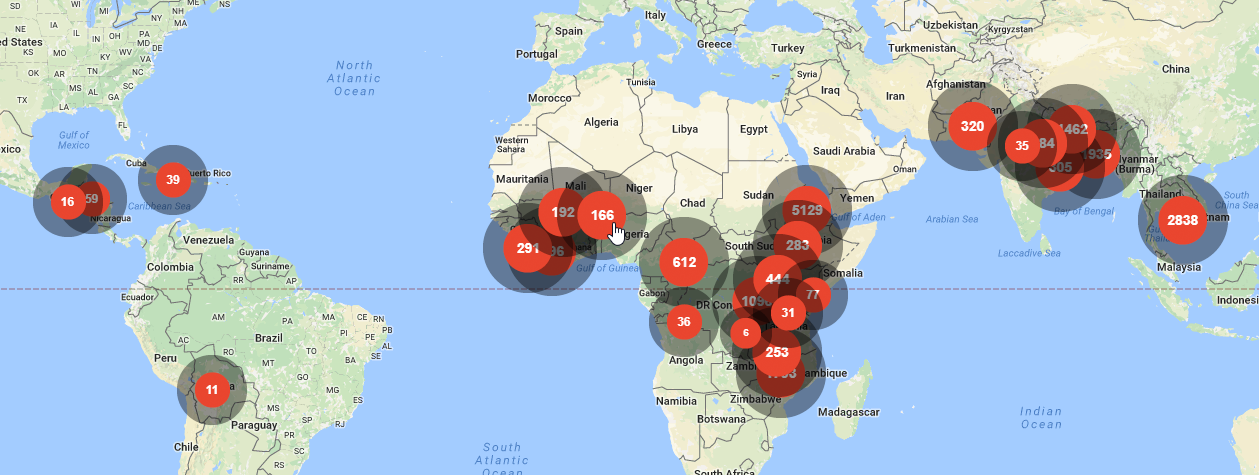
Visualizing Population Health
Wintality
Several years ago I read the term Wintality via posts from Auburn softball players. I liked the term so much that I proceeded to write not 1, not 2 but 8 posts to my own softball related website.
Each post began with a made up definition of the word such as:
[Wintality] – win-tal-i-ty – noun; The act of mentally attacking everything on the field as though it may be the last time you ever play the game. “That player’s wintality is just infectious.”
Recently I decided to post the word with a hashtag in a Tweet just to catch peoples attention. The person it made the most impact on was me. You see I accidentally clicked on #Wintality and as expected Twitter took me to the page for it.
Normally I’m not a ‘rah-rah-rah’ motivational speech kind of reader because there are more than enough books on consuming data to keep me busy. But seeing a book by Baylor Barbee called Wintality was to much a coincidence to resist so I had to purchase it.
I’ve found the book to be very trans formative and therapeutic. If you read the book you’ll understand when I say that “I’m a lion on a surfboard” and that isn’t easy. If you don’t read the book you’ll just have to guess what I mean.
 Are you a Carrot, Egg or Coffee Bean?
Are you a Carrot, Egg or Coffee Bean?
That is a question that Baylor asks early on in the book. Most people would be freaked out by a strange question like that and put the book down, but having written a post years ago called “What Kind of Bird Are You?” I was all about digging to see where Baylor’s creativity was going to go. Of course as the Qlik Dork I ended up realizing this crazy question had a lot of applicability to the Business Intelligence and Data Consumption communities let’s see if you agree.
A carrot is an object that starts hard but when put under the pressure of boiling water becomes soggy and limp. Still called a carrot but clearly merely a shadow of it’s former self. Kind of like the workers in this field who started out with a vision and wanting to change the world. But they end up apathetic and believing nothing they do can change anything. They are the ones behind closed doors that will tell you things like “just go along to get along” “don’t make waves” “it’s no use to offer ideas.”
An egg is an object that was soft, had a hear but under the pressure of boiling water becomes hardened. Kind of like the workers in this field who clearly no longer have any empathy nor patience for others. It’s not that they don’t think they can help, they see no reason to “waste their time.”
In other words under the pressure of the boiling water they are changed. The yield to their environment. A coffee bean on the other hand knows who it is and when put under the pressure of boiling water changes the water. It takes ordinary water and converts into one of the most desired substances on earth.
This isn’t a therapy session so I won’t ask you to take the time now to determine which you are most like. I know in my own life I’m the coffee bean. Everyone probably wants to be a coffee bean and “change the world” but I can assure you it’s not easy. Water doesn’t want to change.
What’s this have to do with Population Health?
Great question … just hang tight a while longer.
Mercy Ships
Mercy Ships is a charitable organization that could be referred to as a floating hospital. Medical professionals donate their time to reach out to the world around them by volunteering their time to help those in great need around the world. I first heard about them via a colleague, Joe Warbington, who traveled with them as they are one of Qlik’s CSR partners.
More recently I heard about them via a gentleman named Scott Harrison. Scott also traveled with Mercy Ships for a year. On one trip (this is important later on so pay attention) the team he was with was going to conduct 1,500 surgeries. I won’t share the graphics of the type of facial tumors they were removing, so just visualize mouth tumors that were literally suffocating the patients. The kind of things you just don’t see in the United States. While walking around the community Scott was touched by the fact that woman and children were literally pulling their water from swamps. While not a clinician, it doesn’t take one to realize that what we would label as a health hazard and run from is the source of water for 10% of people in this world.
Scott went to the clinicians to tell them and his thoughts that drinking that sewage can’t be good and their response was something to the effect “Well duh 52% of the disease in developing nations is a direct result of the water they have to drink” (my inflection) but then in his words challenged him “So what are you going to do about it?” Scott could have chosen to be a carrot and just said “this is a global problem there is nothing a little old guy like me can do about” and just lived in apathy. Scott could have been a non empathetic egg who simply focused on the surgeries. But Scott’s a “coffee bean.”
What’s this have to do with Population Health?
I’m getting there just give me a little more time it will all make sense soon.
Charity: Water
Ironically in describing the conditions Scott used the phrase “children shouldn’t have to drink water that looks like coffee.” So he started Charity: Water. A mission focused solely on raising awareness of the problem and raise funds to provide clean drinking water to those around the world. To date his organization has already completed 23,377 projects and have provided 7,128,152 people around the world which can be visualized here:
What’s this have to do with Population Health?
I’m glad you asked. I’m about to write 3 posts all about Population Health and Social Determinants of Health.
Visualizing Population Health from a Global Perspective
Visualizing Population Health from a Community Perspective
Visualizing Population Health from a Personal Perspective
One could easily decide that “fee for service” is the way things have always been in healthcare and this whole population health mumbo jumbo is unneeded. One could easily argue that it’s not a hospital’s responsibility that people do the right thing in their own live’s. One could easily argue that it’s not financially up to insurance companies to reimburse people for doing the right thing for their own health. One could easily become a soggy carrot, or a hardened egg when it comes to healthcare.
But coffee beans like Dr. David Nash have been fighting the battle for population health because they know full well … it’s the right thing to do and they have gradually proven to healthcare systems that from a financial perspective it’s cheaper to focus on health rather than on the costs of sickness.
Remember I mentioned the 1,500 surgeries. While Mercy Ships donates those procedures, imagine the costs for 1,500 surgeries. Now tie that in with Scott’s work at Charity: Water. It costs only $10,000 to provide a clean drinking source. Providing “health” is both right and cheaper. Clean water is one of the social determinants of health that I will talk about in my coming posts.
Population Health and Social Determinants of Health aren’t just new buzzwords. They are in fact the proper terms to use when talking about HEALTHcare instead of SICKNESScare.
Visualizing Population Health
Visualizing Population Health is easy. Next time you take a sip of your Starbucks imagine the 10% of people in the world whose only water supply looks like your coffee. Washing their hands in water with cholera. Ingesting water with leaches in it. Too graphic for you?
Ok don’t think about all those people around the world … just focus on those in Flint, Michigan and realize that our “health” is a product of the environment around us. Realize that changing our current fee for system isn’t going to be easy. It involves change and with change of this magnitude there is going to be a lot of pressure. How you handle the change is up to you. I sincerely hope that you will join the population health movement and prove to be a coffee bean.



Pingback:Visualizing Population Health from a Global Perspective - Qlik Dork
Pingback:Visualizing Population Health from a Community Perspective - Qlik Dork